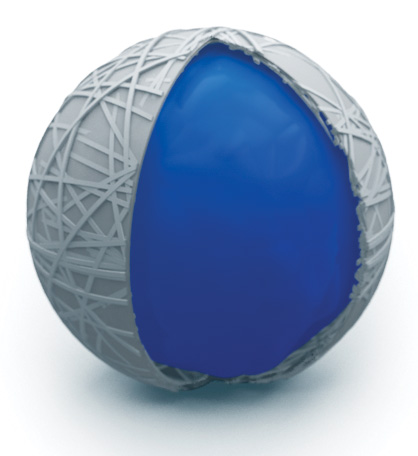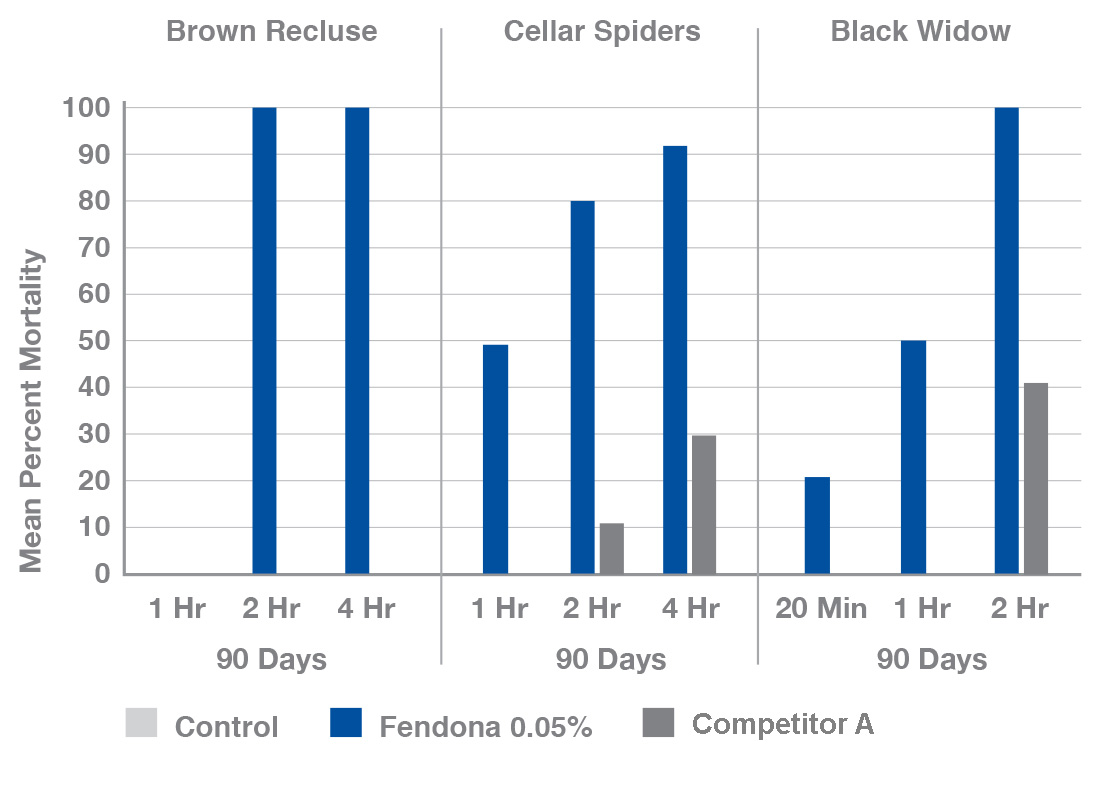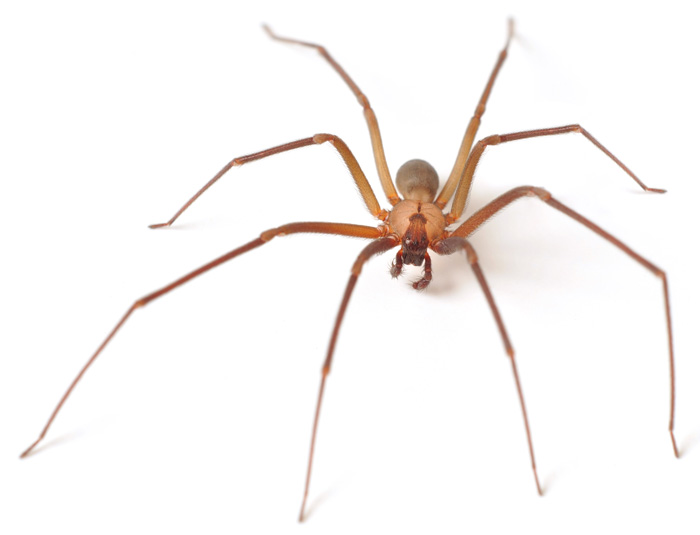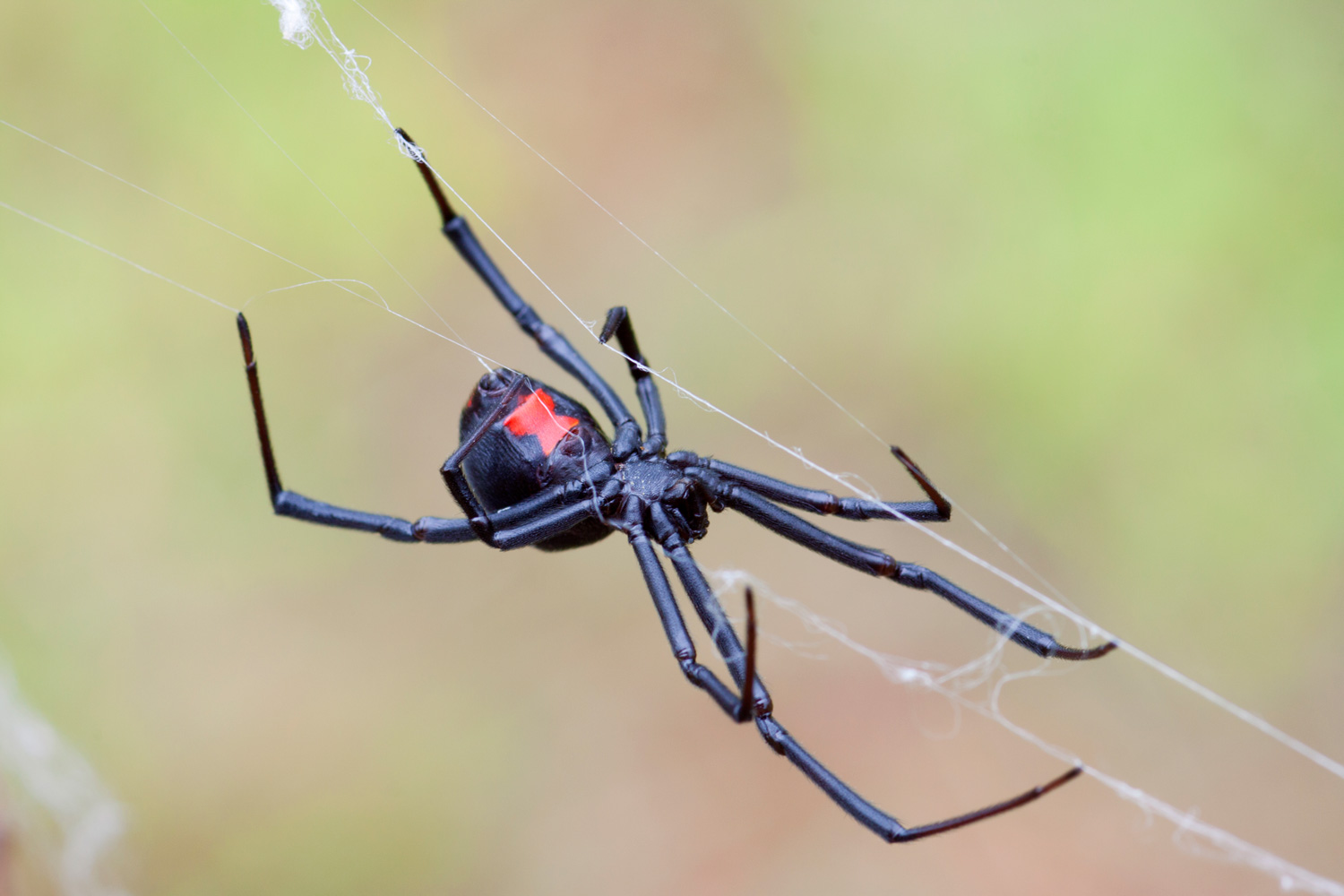About 40,000 species of spiders inhabit the world. They are broadly categorized as active hunters (burrowers and others) or passive hunters (web builders and ambushers). The widespread perception of spiders as dangerous or threatening is likely the result of their appearance, popular folklore and the prevalence of arachnophobia (the irrational fear of spiders). Despite their reputation, however, most spiders are beneficial organisms. Although some species have toxic venom, the medical consequences of spider encounters are minimal compared to other pests such as wasps, bees, ticks and mosquitoes.
Spiders can be difficult to control. They make very light contact with treated surfaces, tiptoeing quickly across them with a small footprint that avoids absorbing a lethal dose. Spiders’ sensory organs allow them to detect minute amounts of repellent products on treated surfaces, and they quickly learn to avoid these areas. Passive hunters remain in their webs, away from treated surfaces. Product often must be applied directly on passive hunters and their egg sacks.
Use Fendona™ CS Controlled Release Insecticide vs. Spiders

Graphic provided by BASF
Fendona CS insecticide features advanced micro-mesh encapsulation technology that preserves the active ingredient in a protective, water-resistant cage, ready to act when it encounters spiders. The microcaps stick to spider legs, web threads and the surface of egg sacks, for more effective control. This micro-mesh technology enables fast knockdown, residual control and broader coverage, helping reduce costly callbacks.
Fendona CS insecticide introduces an advanced encapsulation and active ingredient, alpha-cypermethrin, that together provide powerfully effective perimeter pest control.
- Fast-acting and long-lasting: New formulation with exclusive encapsulation technology kills insects fast and is highly effective for months on most labeled pests
- Sustainable and efficient: Decreases labor costs with the option to extend application intervals for mosquitoes, and by helping to reduce callbacks for perimeter pests
- Flexible and effective: Labeled for more than 60 arthropod pests and a broad range of surfaces and use sites, including lawn and ornamental uses
Studies show that Fendona CS insecticide provides 90-day residual control of spiders. The active ingredient in Fendona CS insecticide, alpha-cypermethrin, is new to the U.S. pest control market.

Chart provided by BASF
Treating with Fendona CS for best results
Application Tools
There are many application options available for PMPs. Power sprayers allow use of additional water carriers to penetrate harborages. Backpack sprayers add volume and directional control to application, especially for exterior treatments. Handheld units provide directed treatments for more precise placement (both exterior and interior).
An application rate of 1.0 fluid ounces/1,000 square feet is desirable. Apply fine mist to adequately cover the treatment area. Take care to limit dripping and runoff on structural surfaces and plants.
On Structure

Photo provided by BASF/iStock.com/stephanie phillips
Apply pesticides to likely harborage sites. Pay attention to areas where web building is likely, including high areas such as upper floor window frames, shutters and overhanging eaves, as well as low areas such as basement windows, gaps beneath siding, main level windows, porches, decks, doors and fireplace transitions.
Although most spider species are nocturnal (night active), some are diurnal (day active). Many passive hunters build their webs around exterior lights under eves and near windows to catch prey. Active hunters usually search for prey near homes at night, particularly near exterior lights that attract insects. Being nocturnal, active hunters commonly look for dark openings or gaps around structures for a place to hide before sunrise, entering buildings through gaps in doorways and windows.
Off Structure
Treat stone/rubble walls and piles, woodpiles, bases and trunks of shrubbery, trees, mulch, vegetation and other areas where spiders may harbor.
When treating mulch, landscaping rocks, foundation wall and adjacent soil, etc., consider using an additional water carrier to help penetrate and position Fendona CS insecticide finished dilution into the more protected areas where spiders are commonly found.
Interior
Potential points of entry, corners, cracks and crevices where spiders hide. Voids and vents can be excellent harborages and good areas for treatment. Garages are common points of entry.

Photo provided by BASF/iStock.com/Mark Kostich
Ongoing Spider Control for Homeowners
- Vacuum to remove cobwebs and egg sacks.
- Remove trash, firewood, leaf, plant litter and other clutter from around the structure.
- Trim branches away from buildings, and mow near the foundation.
- Install weather stripping around all doors and windows where needed.
- Plug holes with copper wool, nylon pads, foam or wire screen.
- Caulk around all pipes, eaves and other cracks found around the structure.
- Manage outdoor lighting by changing the lighting schedule and/or using bulbs that attract fewer insects.
- Keep window curtains closed at night to limit light emitting from inside the house.
For more about spiders, submit your information below to download BASF’s updated spider ID guide.
This page was produced by North Coast Media’s content marketing staff in collaboration with BASF. NCM Content Marketing connects marketers to audiences and delivers industry trends, business tips and product information. The Pest Management Professional editorial staff did not create this content.
